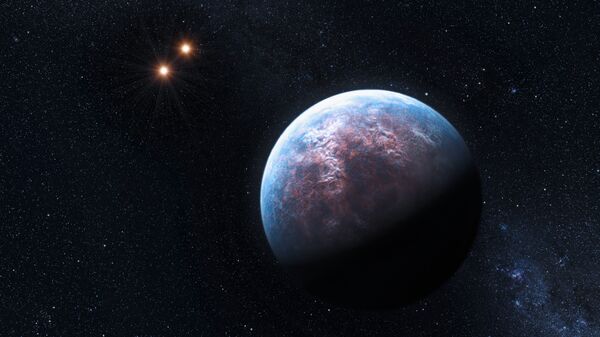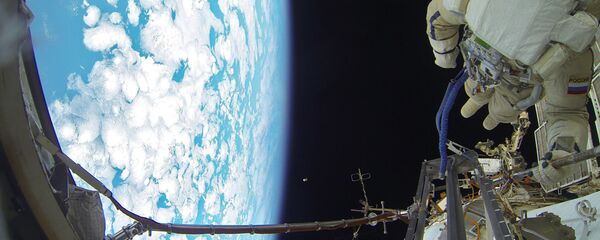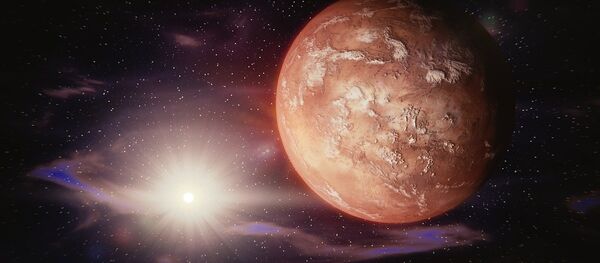A super-Earth is an extrasolar planet with a mass two to 10 times greater than that of Earth's. The term super-Earth refers only to the mass of the planet and doesn't imply anything about the surface conditions or habitability. However, the latest super-Earth discovered by astronomers from Italy, Spain and Switzerland is located in the habitable zone of its parent star.
The group of astronomers observed GJ 625b for over 3.5 years using the HARPS-N spectrograph (High Accuracy Radial velocity Planet Searcher for the Northern hemisphere), a high-precision instrument of the Galileo National Telescope located at the Roque de los Muchachos Observatory on the Canary Islands, Spain.
The habitable zone is also called the Goldilocks Zone, a metaphor from the children's fairytale "Goldilocks and the Three Bears," in which a little girl chooses from sets of three items, ignoring the ones that are too extreme (large or small, hot or cold, etc.), and settling on the one in the middle, which is "just right." The first potentially habitable planet, Kepler 22b, was discovered by NASA's Kepler Space Telescope in December 2011. Since February 22, 2017, there have already been eight confirmed exoplanets discovered in the habitable zones of their stars.





